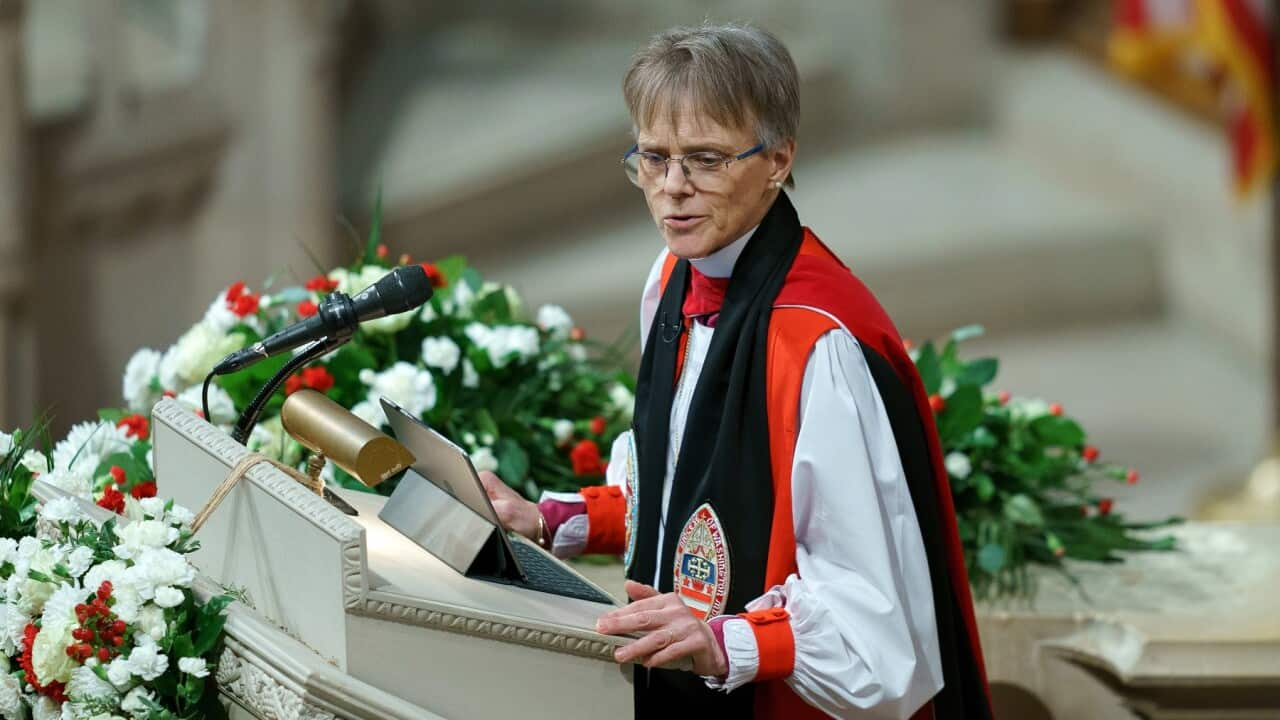TRANSCRIPT
Najin and Fatu are the last two northern white rhino left on Earth.
They’re both female but neither of them is young or healthy enough to carry a full pregnancy.
When they die, the northern white rhino will join the planet's ever-growing list of extinct species.
Samuel Matsuya is the Head of Wildlife Conservation at the Ol Peteja Conservancy in Kenya.
He says initially it was hoped that they could rescue the species - but that proved not to be the case:
"When these animals came to this country, it was envisaged that they would breed naturally. Now close to 10 years. Really. We began then thinking of what is the best artificial means of recovering these species?"
An international group of scientists called BioRescue say they’ve shown IVF techniques could save the northern white rhino from extinction.
They've reported that a southern white rhino became pregnant with a southern white rhino embryo.
Professor Thomas Hildebrandt is the project lead:
"Now we have the clear evidence that an embryo that is frozen, thawed, produced in a test tube can produce new life and that is what we want for the Northern white rhinos."
Members of the conservation team say the IVF in September of last year resulted in the 70 day pregnancy of a well developed male embryo which was 6.4 centimetres long.
However, the team were not aware of the pregnancy until the end of November.
It only came to light because of the examination of the female rhino after she died from a bacterial infection caused by floodwater.
They believe the success of the embryo’s implantation and length of the pregnancy shows their mission to save the northern white rhino from extinction is on course.
It's not been an easy process, as Mr Matsuya explains:
"It's a process that has not been simple because it being novel, it means every stage of the way has to be proven, has to be reviewed, has to be accepted by the scientific community as a procedure that is not intrusive, as a procedure that is ideal and does not put the animal at risk."
Conservancy caretaker Zacharia Mutai says the next step for the scientists is to find the right time for the potential surrogate mother to be implanted with embryos.
For that, they need the help of a bull rhino.
"We wanted to do it as natural as possible because for the surrogate mothers, we don't want to give them the hormonal injection. It might create some problem. So we had to do a vasectomy on a southern white and a male to act as a 'teaser' bull. So when it started mounting in any of the females, we know this is the best time of doing the first implantation."
This process can take several months, but only after the successful conclusion of this stage of the programme will the scientists attempt an embryo transfer with a northern white rhino.
It’s at this stage that the BioRescue consortium hope they will have paved the way for the first northern white rhino calf to be born by artificial reproduction.
Although carried to term by the southern whites, the calves born will be purely northern white rhinos.
However the behaviours of the two species is different because they are from different parts of the African continent.
Professor Hildebrandt says the two remaining northern white rhinos will be crucial in socialising the young.
"The baby will be raised milk wise by lactation from the southern white rhinos, but it will spend most of the time in our plan with the Northern white rhino to learn how to be a northern white rhino , because that is a really important element of surviving in the landscape of central Africa, because a southern white rhino lives on the savanna, which is a completely different habitat than what the northern white rhinos actually do."
The scientists say it's been a long and difficult mission, and there is a long way to go but they believe everything points to a successful outcome.
And they believe this could be a blueprint to save other critically endangered species.













